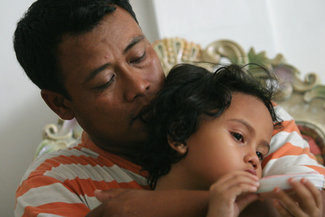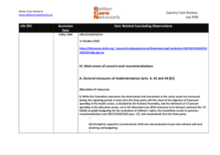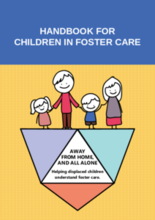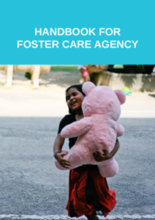

Displaying 291 - 300 of 752
This article investigates policy in the Philippines relating to the protection of children, which, despite policy efforts in this space, and growing evidence of child maltreatment and its impact, remains unexamined by the literature.
Four people in Bali and East Java, Indonesia have been arrested for allegedly selling babies for adoption on Instagram, according to this article.
This country care review includes the care related Concluding Observations adopted by the Committee on the Rights of the Child as part of its examination of Lao PDR's initial reports, as well as other care-related concluding observations, ratification dates, and links to the Universal Periodic Review
This Handbook explains the processes of the Foster Care Programme based on the “Manual on Foster Care for UASC”, which sets the minimum standards for providing foster care for children without parents or an adult to care for them in Malaysia.
This is a child-friendly summary of a handbook developed specifically to create a Foster Care Programme for unaccompanied and separated children (UASC) within the Rohingya community in Malaysia.
This is a child-friendly summary of a handbook developed specifically to create a Foster Care Programme for unaccompanied and separated children (UASC) within the Rohingya community in Malaysia.
This handbook was developed specifically to create a Foster Care Programme for unaccompanied and separated children (UASC) within the Rohingya community in Malaysia. Article 20 (Children deprived of family environment) and Article 22 (Refugee children) of the Convention on the Rights of the Child (CRC) require that special care arrangements and protection are provided for UASC while preserving their ethnicity, religion, culture and language. In the case of Rohingya UASC, this calls for a special Foster Care Programme where these children are placed under the care of families from the Rohingya refugee community.
This article from BBC News tells the story of Nguyen Quoc Tuy, born in Vietnam around 1970 and adopted by a family in the US at about three years old, and his journey to reconnect with his birth family as an adult.
This study aimed to explore refugees’ experiences in Bangkok, assess agencies’ service delivery models, and strengthen their capabilities to address service gaps.
The purpose of this paper is to validate measures of professional self-efficacy for detecting and responding to child abuse and neglect presentations, and then evaluate a clinical training programme for health professionals in a tertiary-level hospital in Vietnam.




